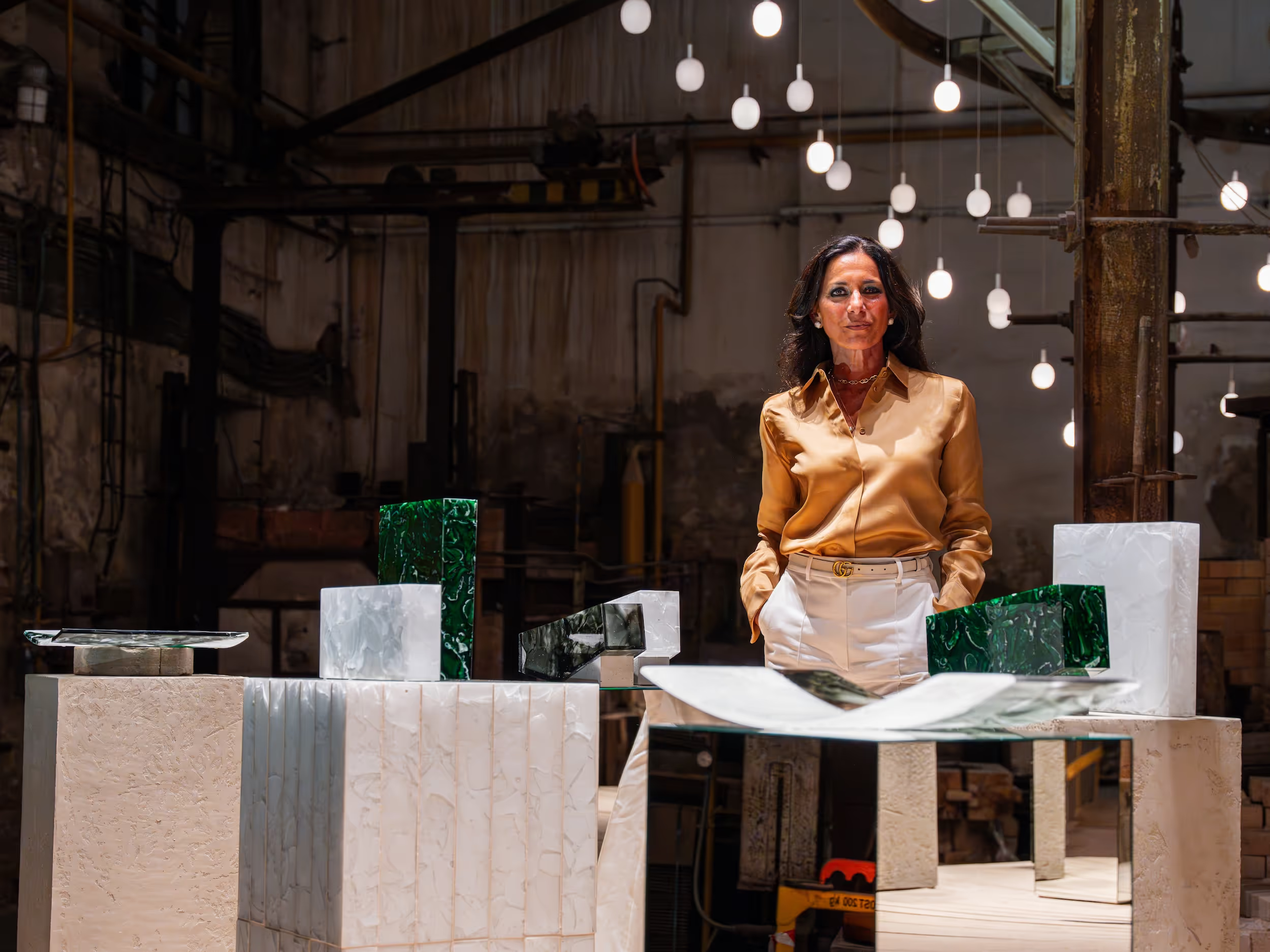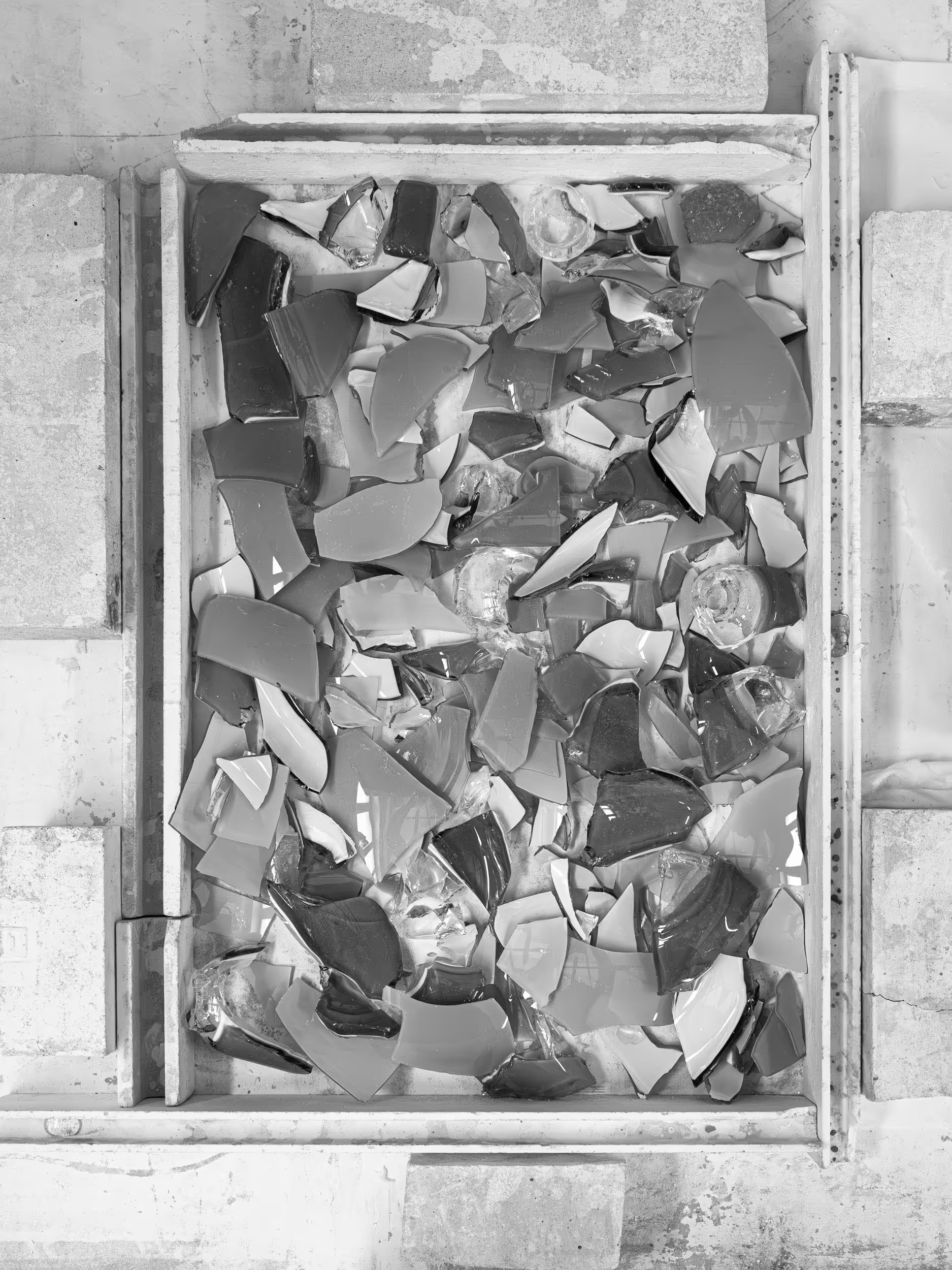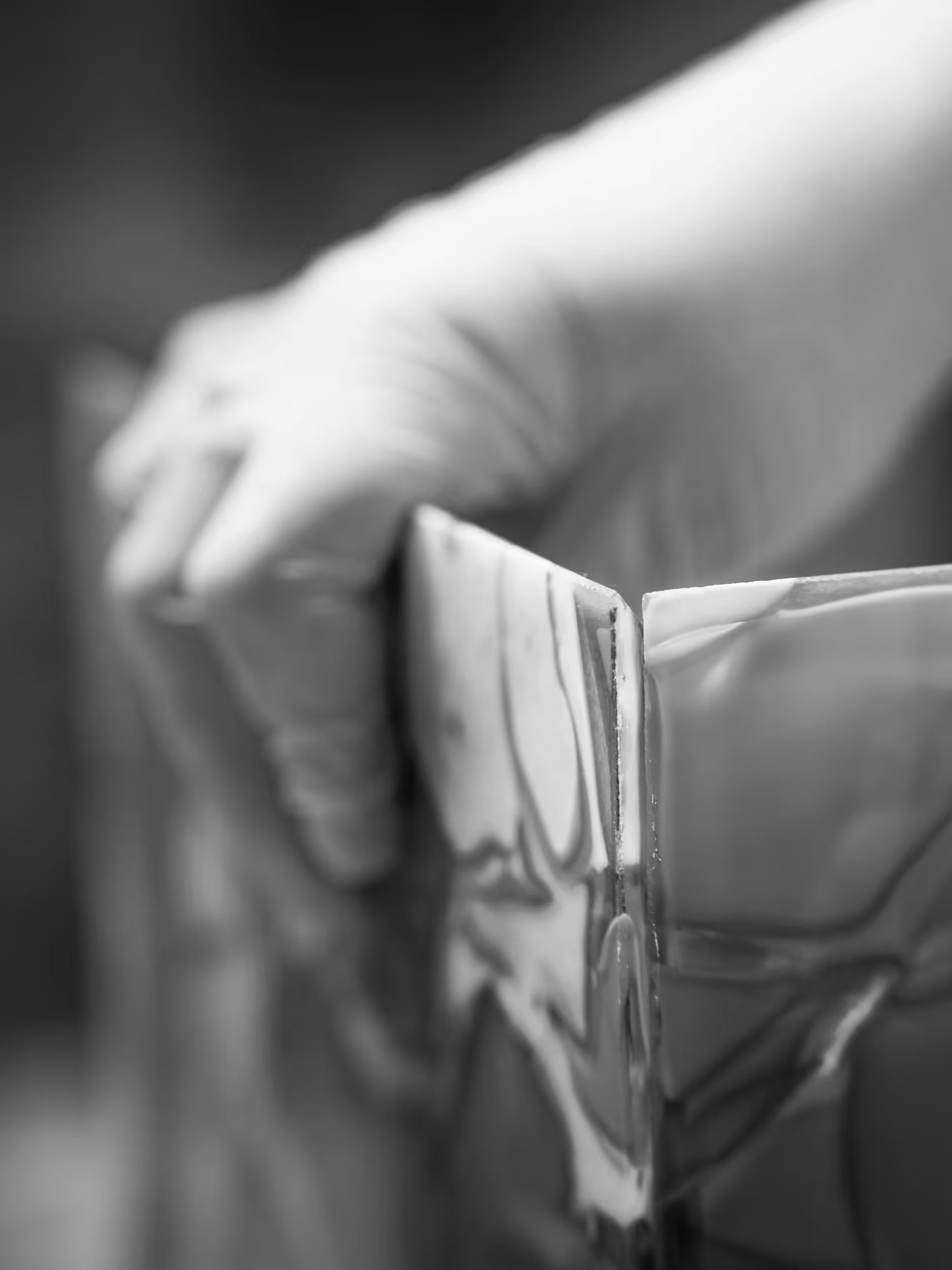senza fine
DESIGN SIMONA SBORDONE
The Story
This collection is our contribution to a sustainable future, where every choice matters and every step leads to a better tomorrow.
Senza Fine, the Italian phrase for “endless”, is the name of a new collection of decorative objects designed by Simona Sbordone. This impressive collection highlights the core value of sustainability, featuring the distinctive texture of BROKISGLASS as a key element, seamlessly integrated with concrete containing recycled glass shards and glass dust.
products
CATALOG
simona sbordone
BROKISGLASS ART DIRECTOR
Born in Naples, Simona Sbordone currently lives and works in Milan. Throughout her remarkable international career, she has collaborated with some of the most prestigious Italian design brands, building a global network of clients. Her expertise spans a wide range of fields, including interior design, scenography, decorative arts, and industrial design.
In addition to her creative projects, she has also worked as an editor for leading Italian design magazines.

Production
The production of BROKISGLASS involves several stages, during which glass shards are transformed into unique designer panels.
The process begins with crushing the shards and carefully arranging them in a mould. The next step is melting in a special furnace, where the material fuses into a solid panel with a distinctive colour composition and pattern. The final appearance can be customized by combining different colours and shard sizes.
Once fused, the panels are cut into the desired shape using a water jet. All surface, edge, and backing modifications are carried out according to the customer’s exact specifications.
This is the creation of BROKISGLASS, a material that can meet the unique demands of any project. The Story of Shards thus comes full circle in an almost zero-waste process.






MATERIALS
The Senza Fine collection is crafted from two materials: BROKISGLASS and MASSIF. The difference between these two variations lies in the raw material source and the stage at which the glass waste is collected and processed.
BROKISGLASS is made from shards produced as a byproduct of handblown glass manufacturing. During the glassblowing process, up to 30% of the glass must be broken off the pipe, which in conventional production would be transported to a landfill.
MASSIF is made from residual glass extracted from the glassmaking furnace. This molten glass has not been blown but is rather emptied from the furnace during maintenance and then cooled. It forms fragments that are chemically identical to fresh glass but can no longer be used for glassblowing.
The visual difference between these materials is significant: whereas BROKISGLASS panels retain the recognizable shapes of the individual glass shards used in their creation, massif has a more uniform, compact appearance, with soft, blended colour transitions.






























